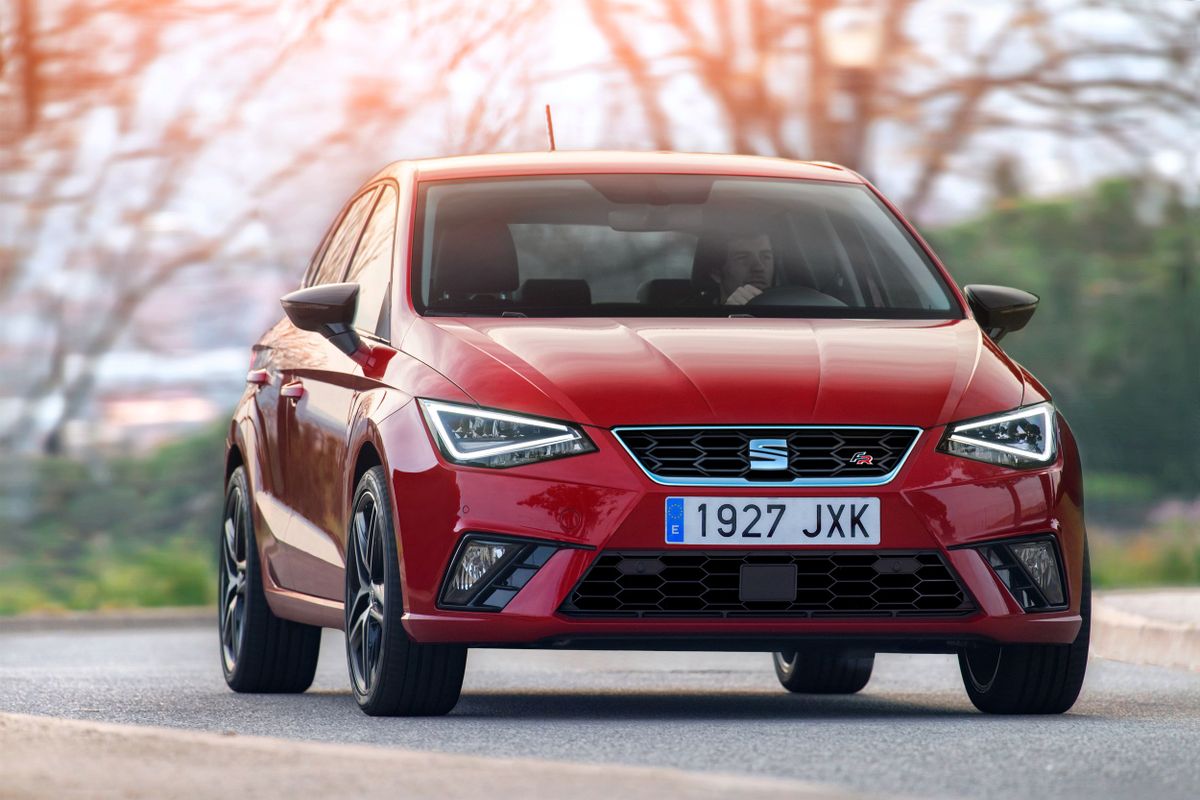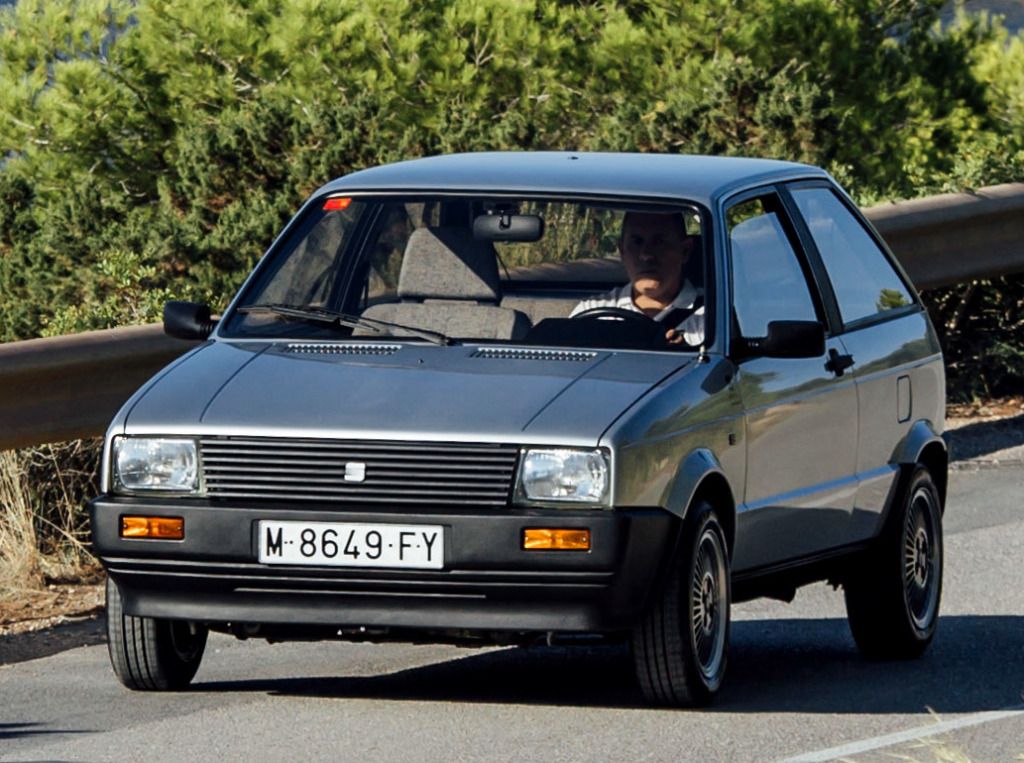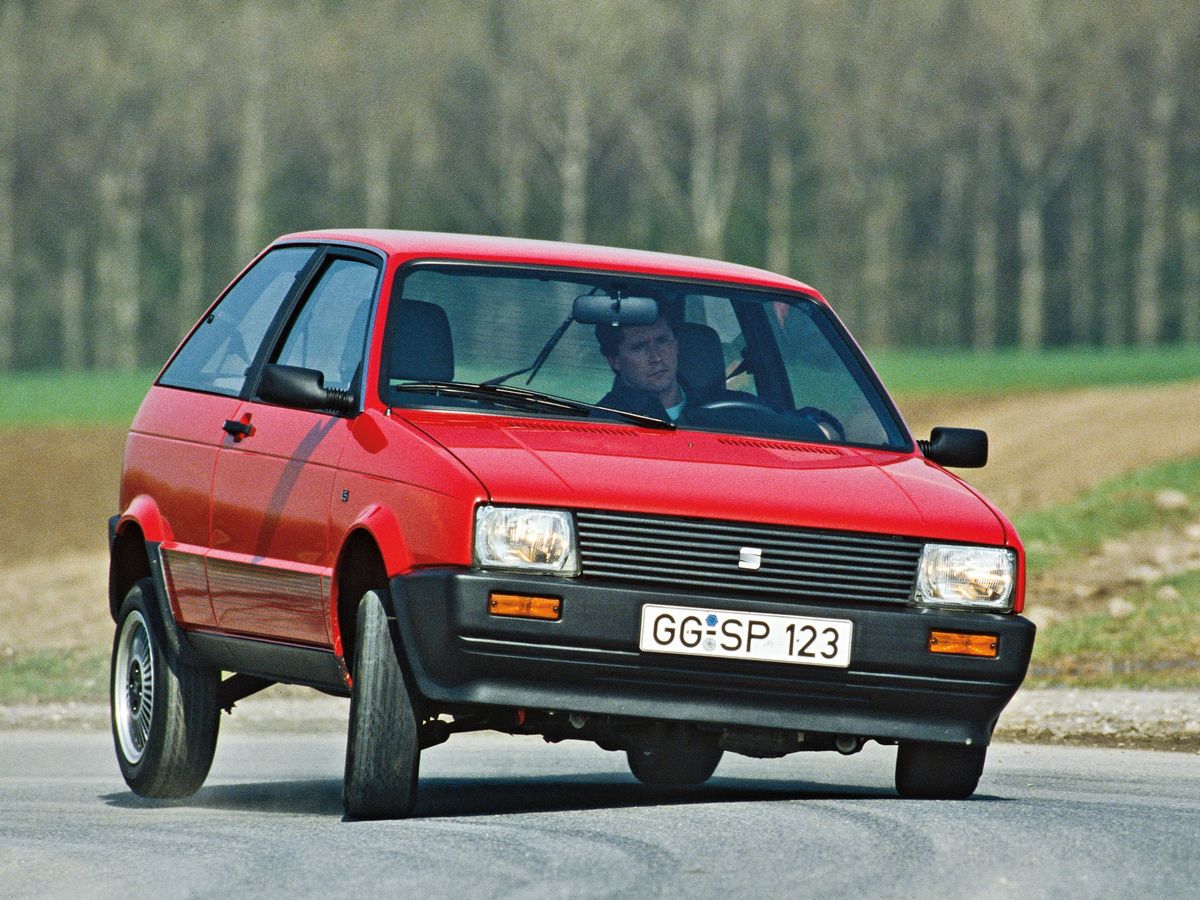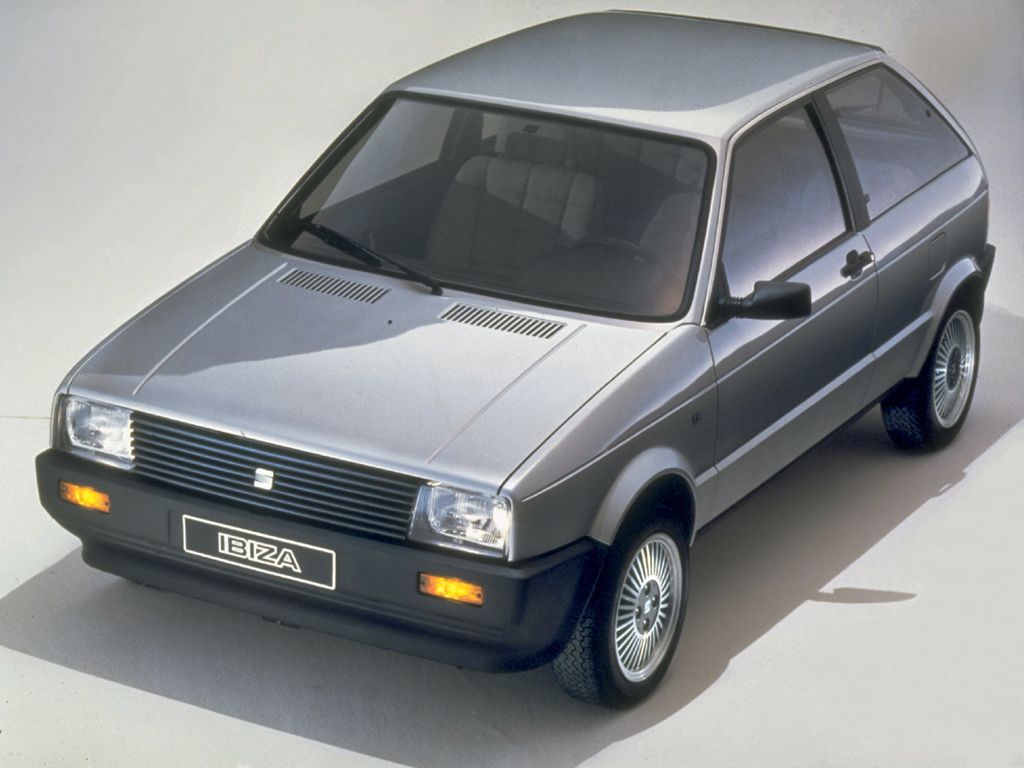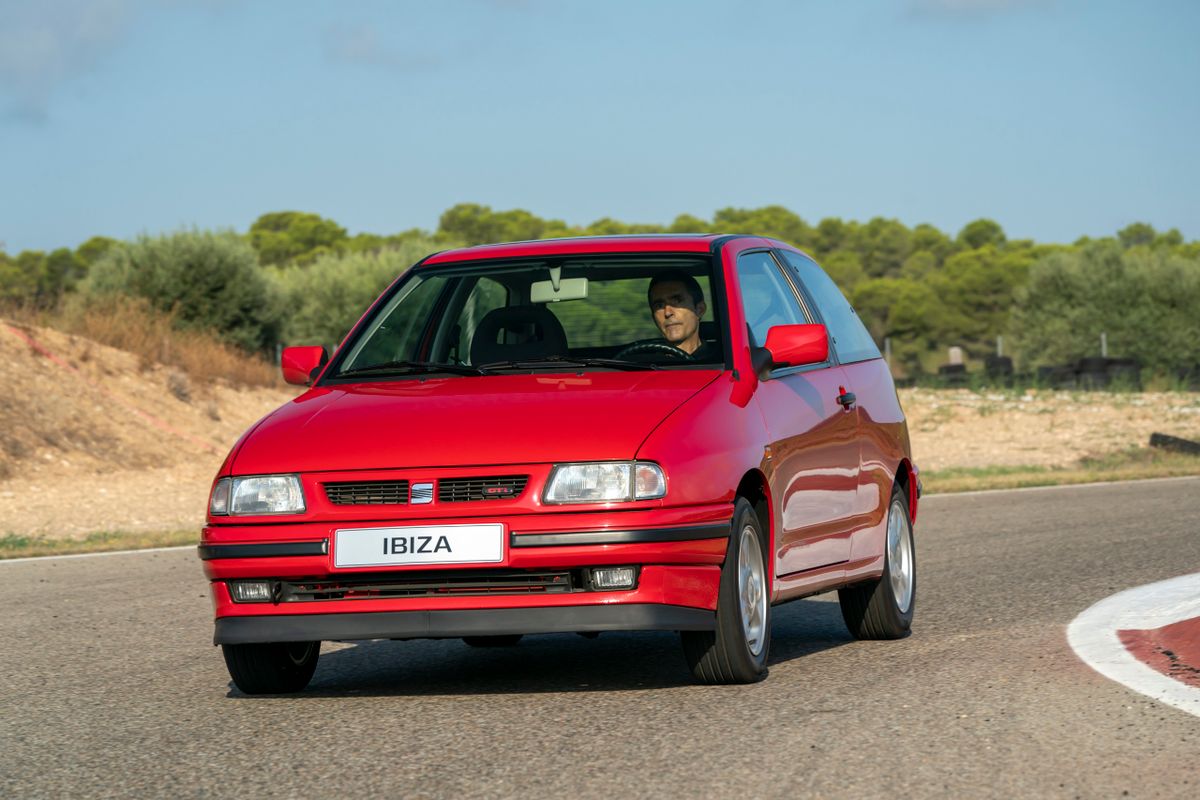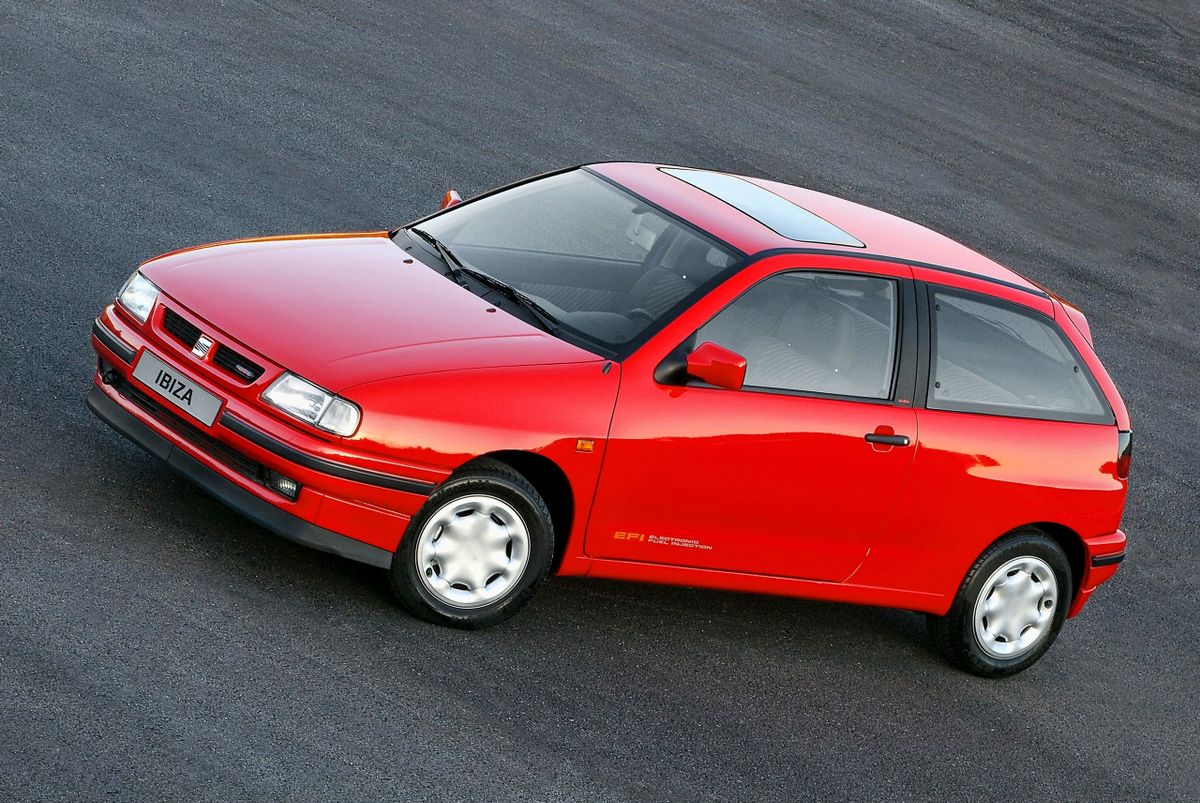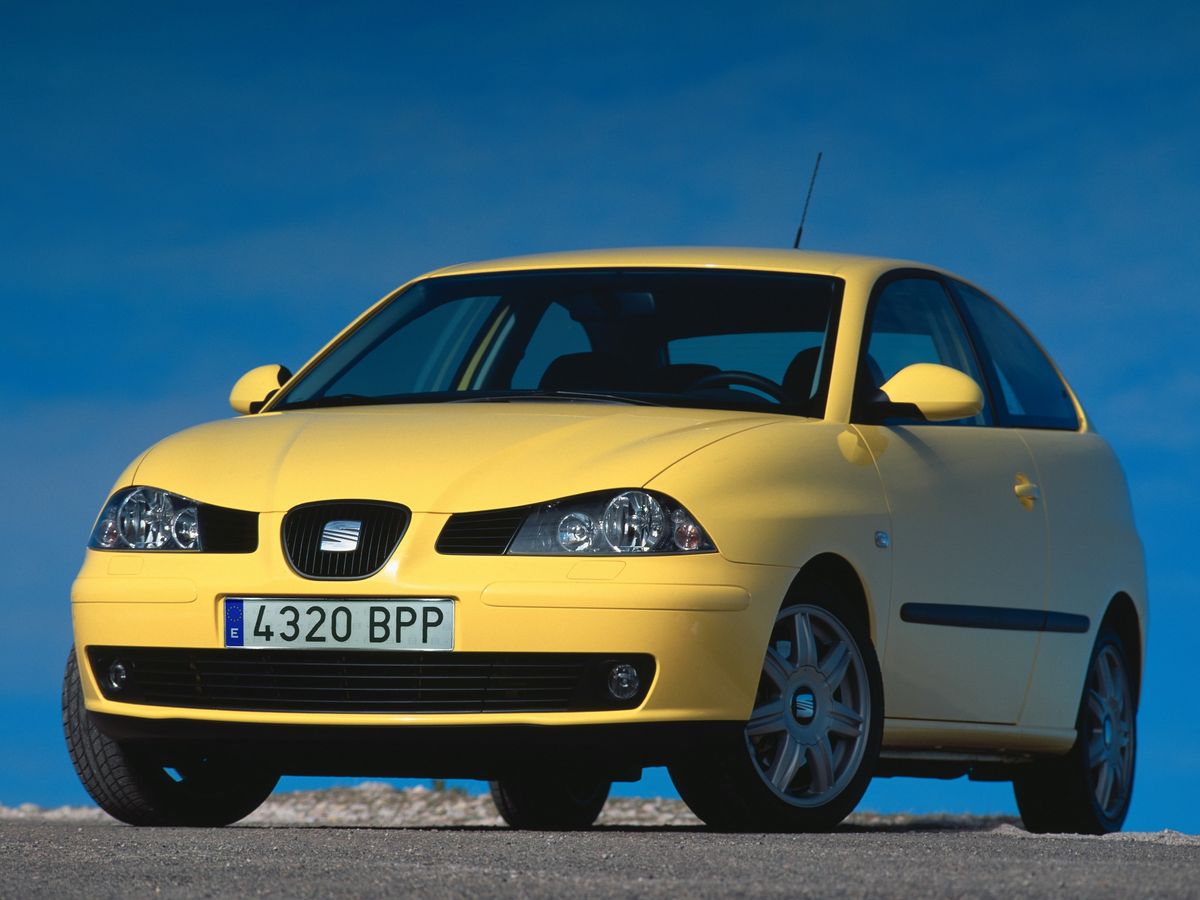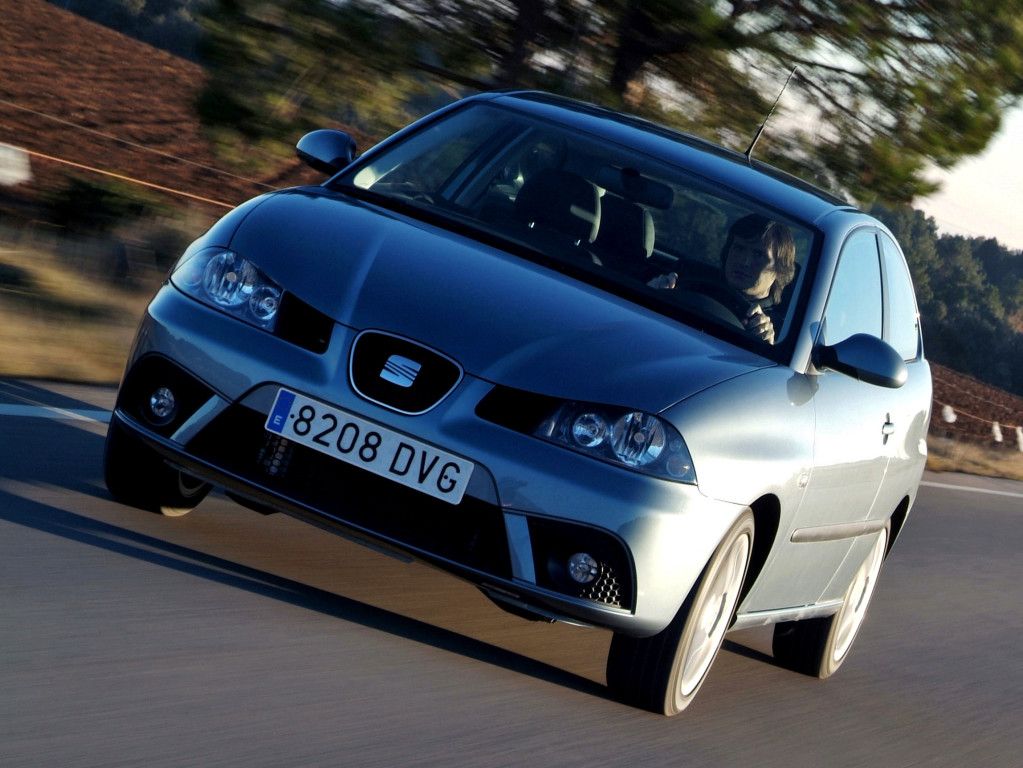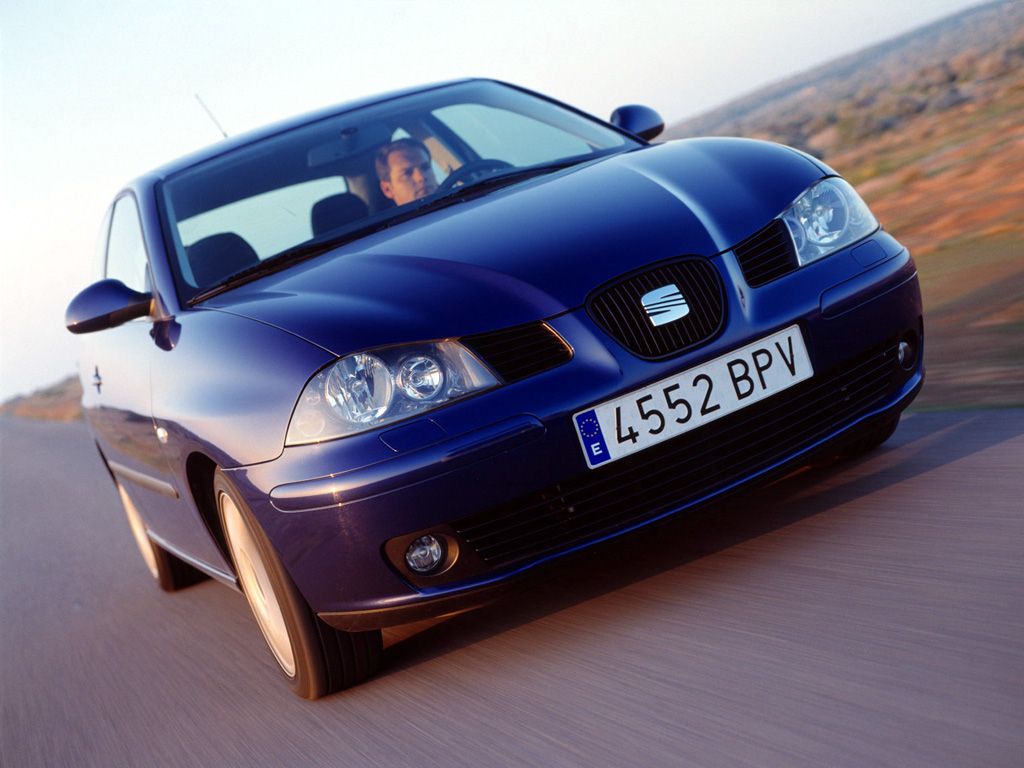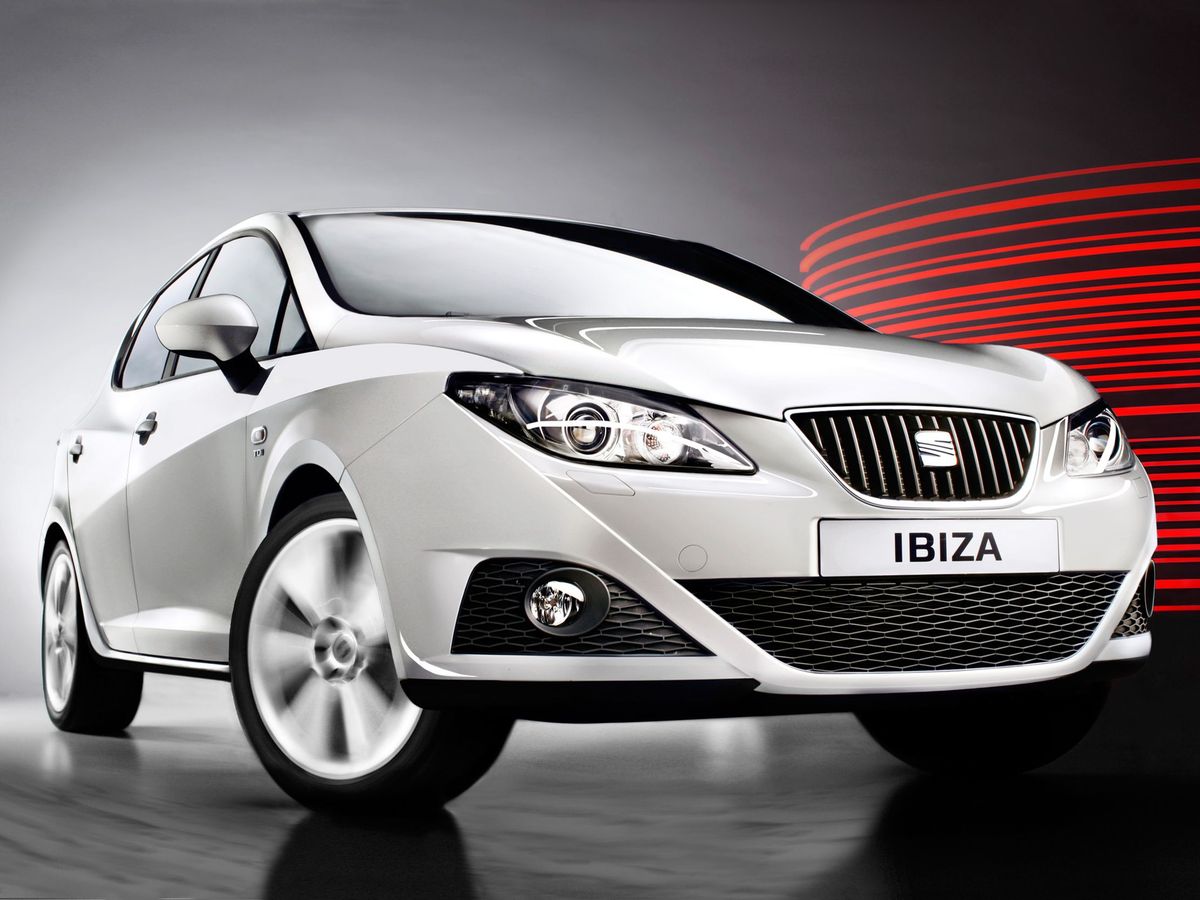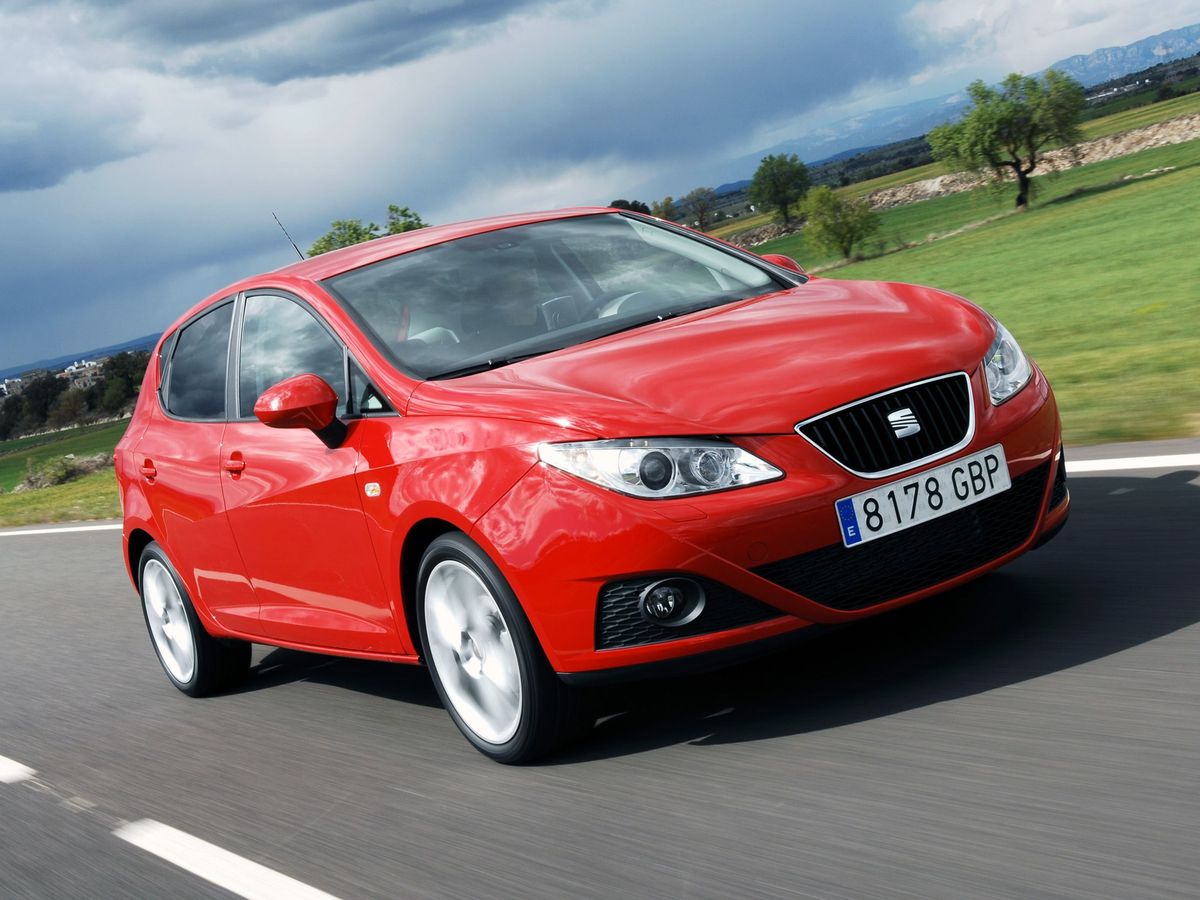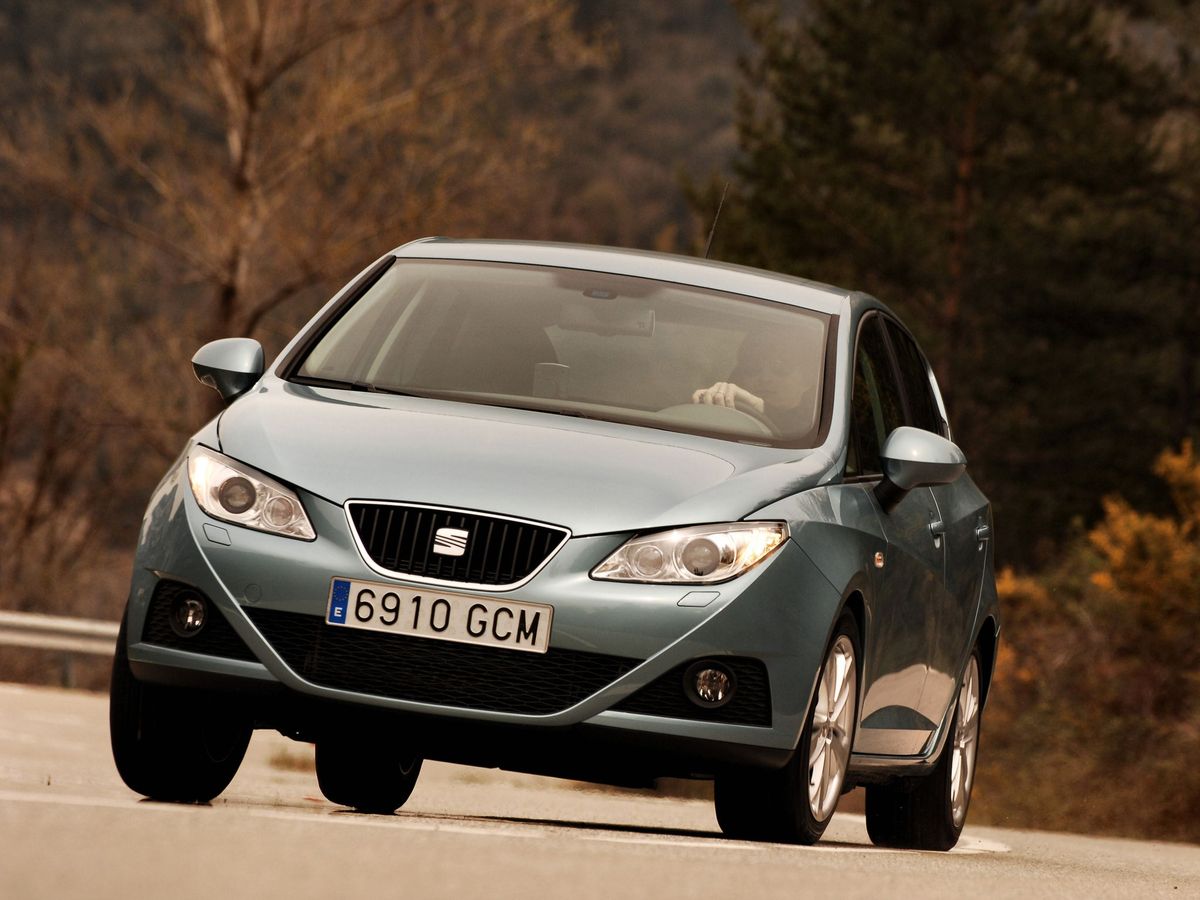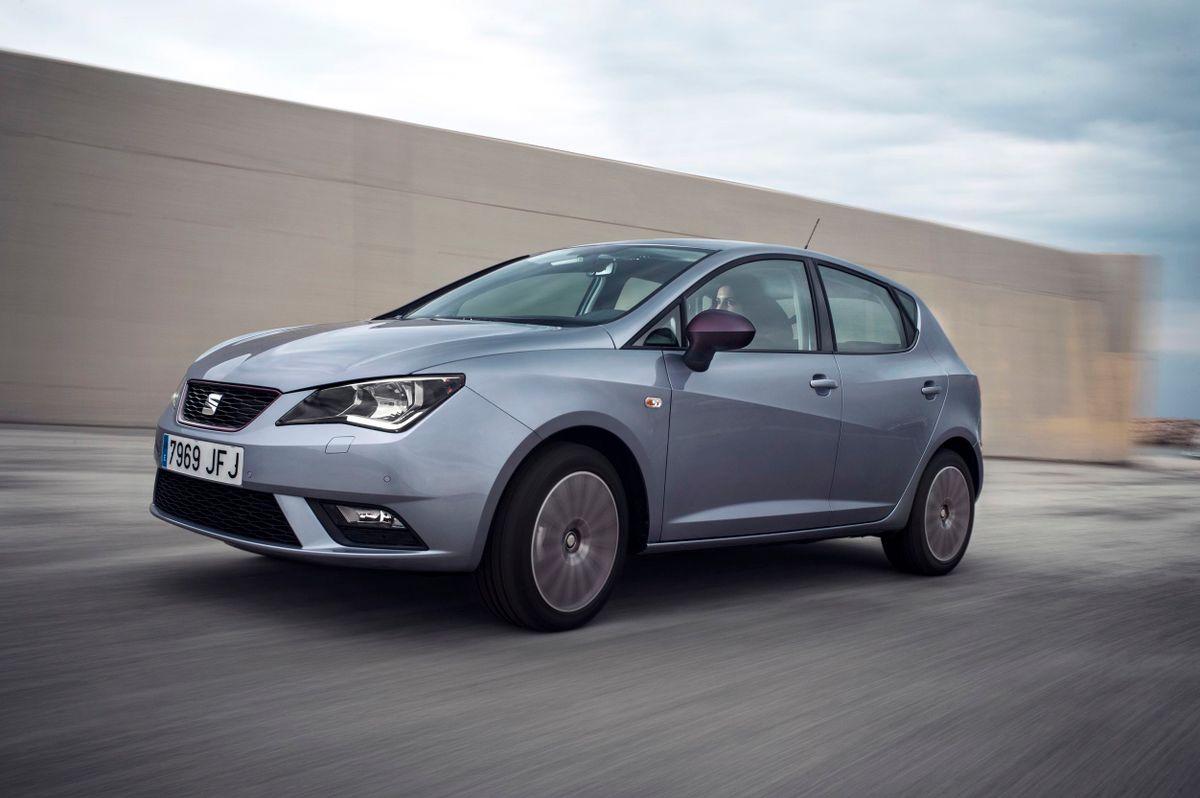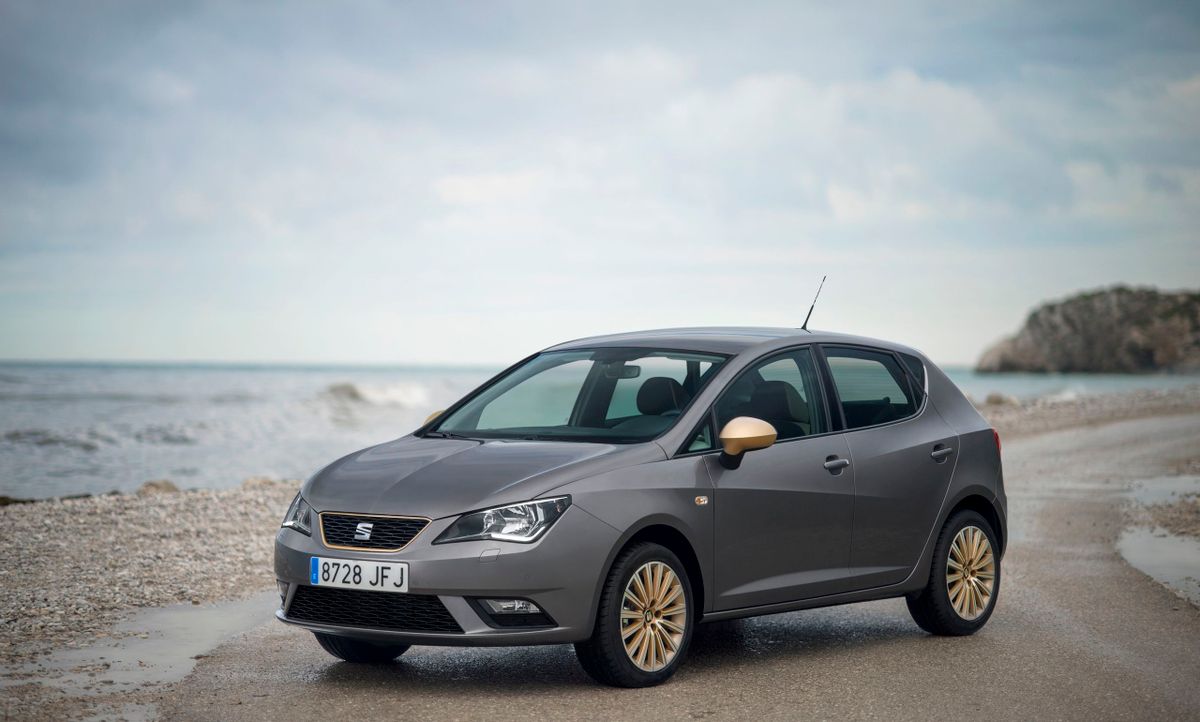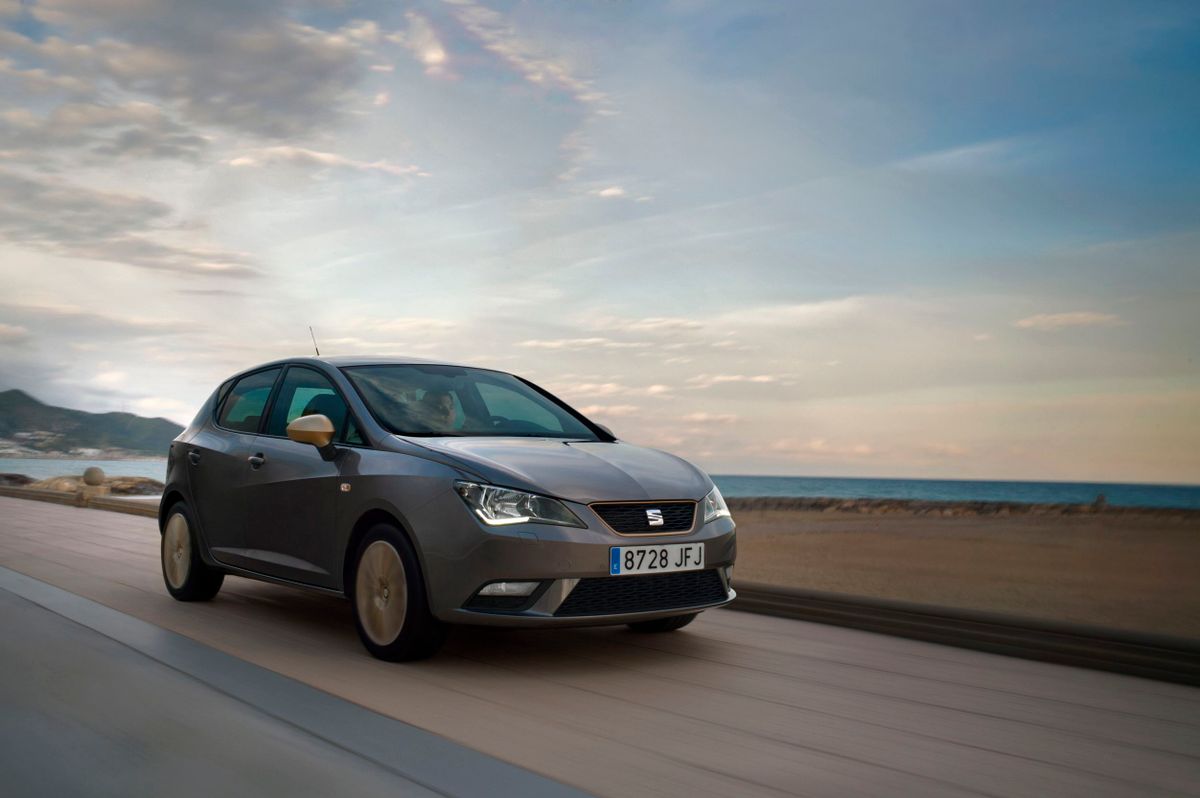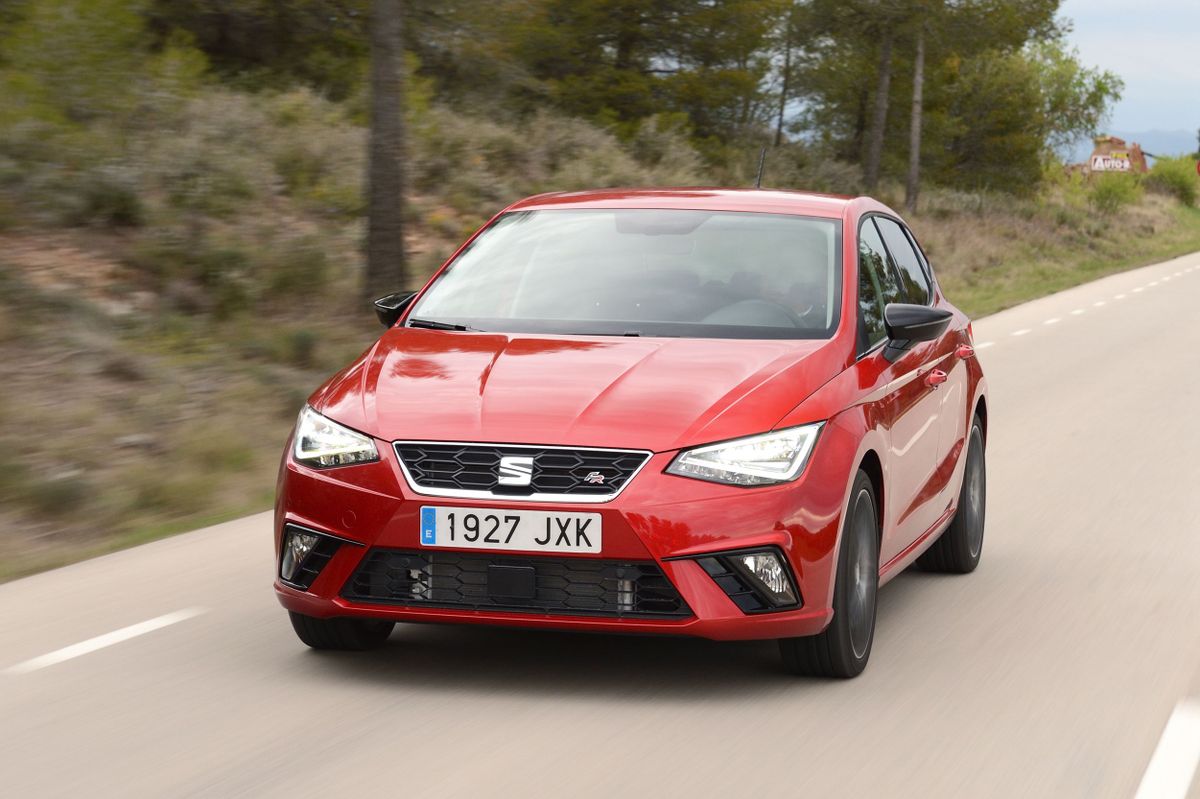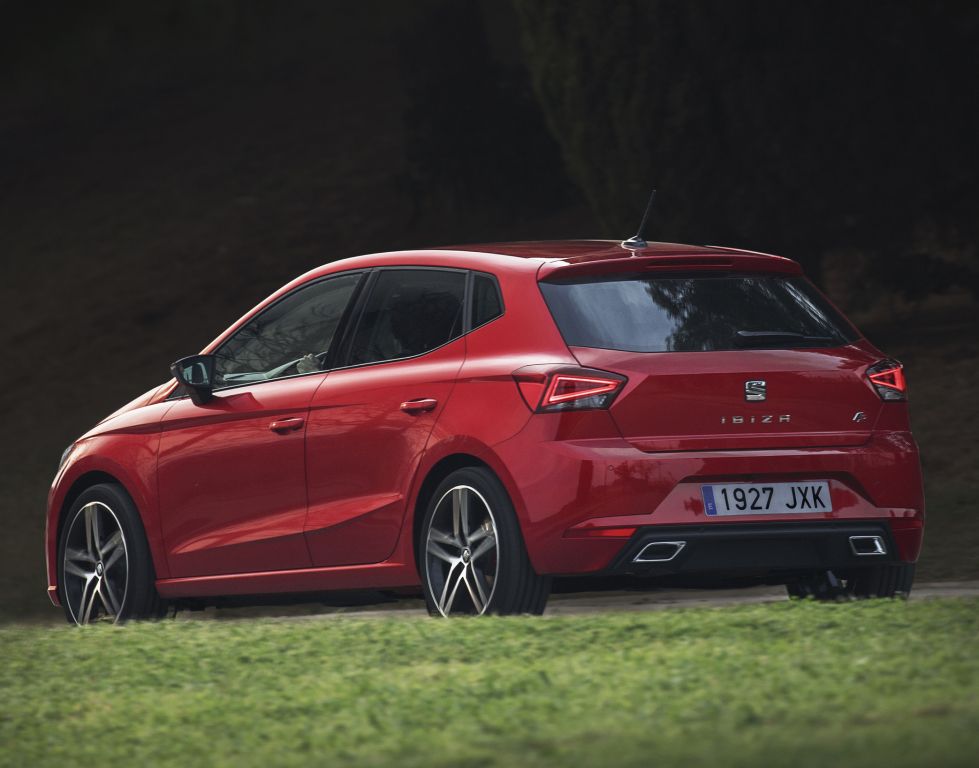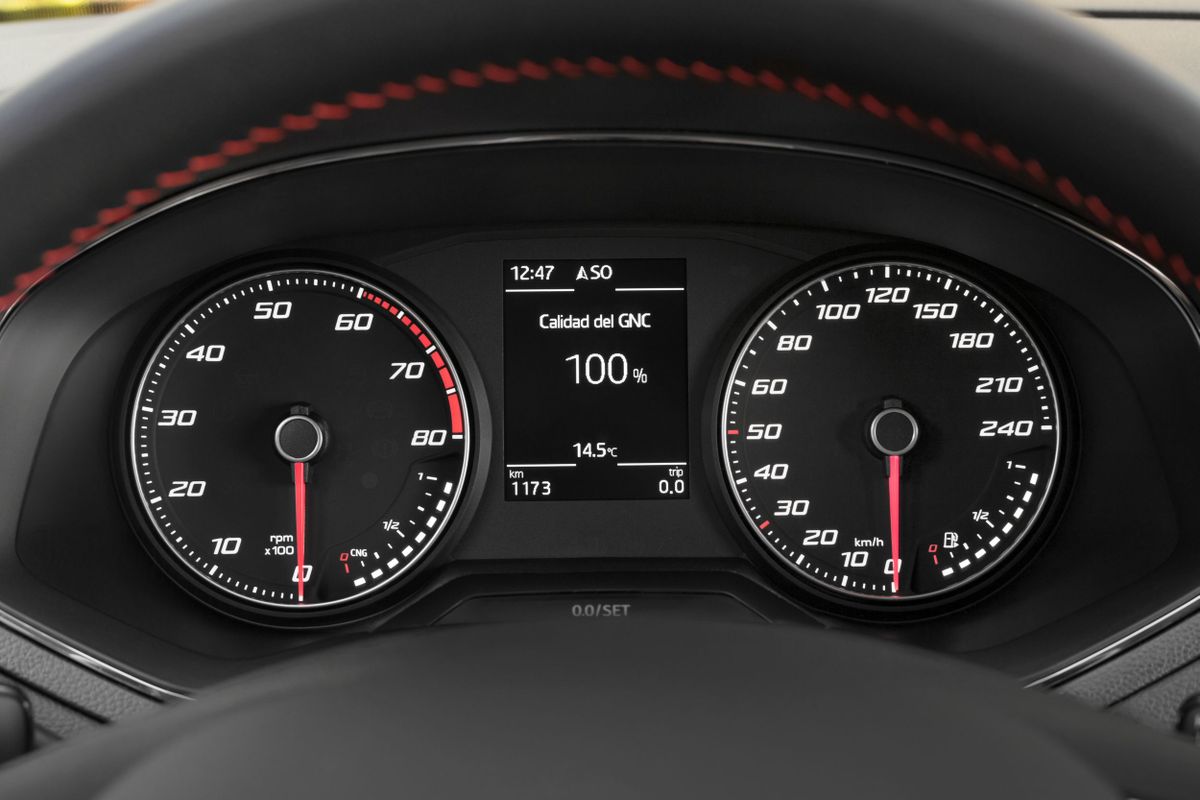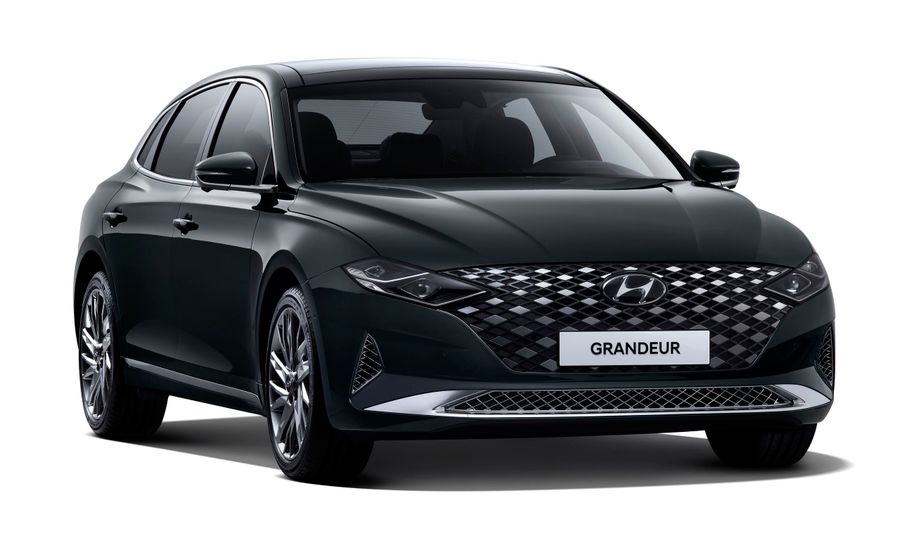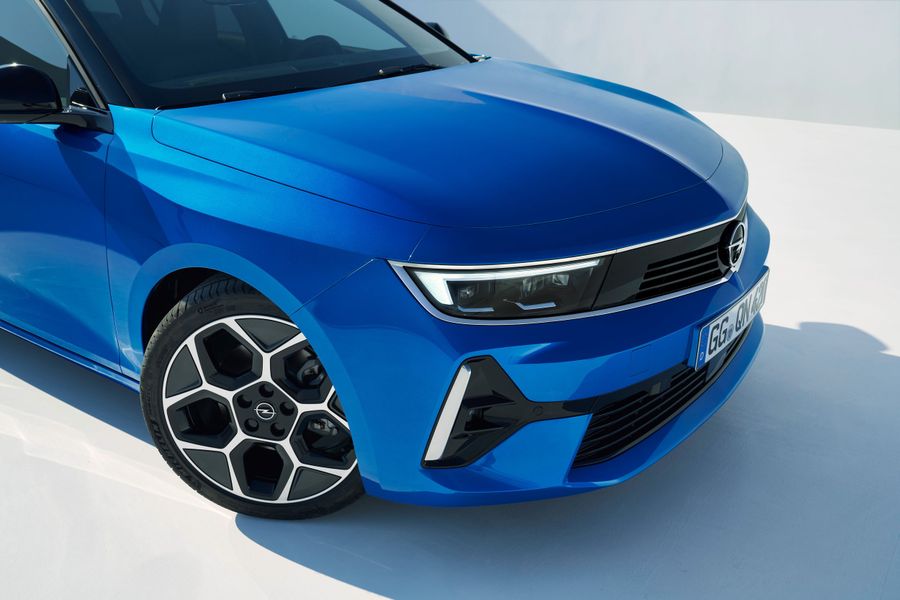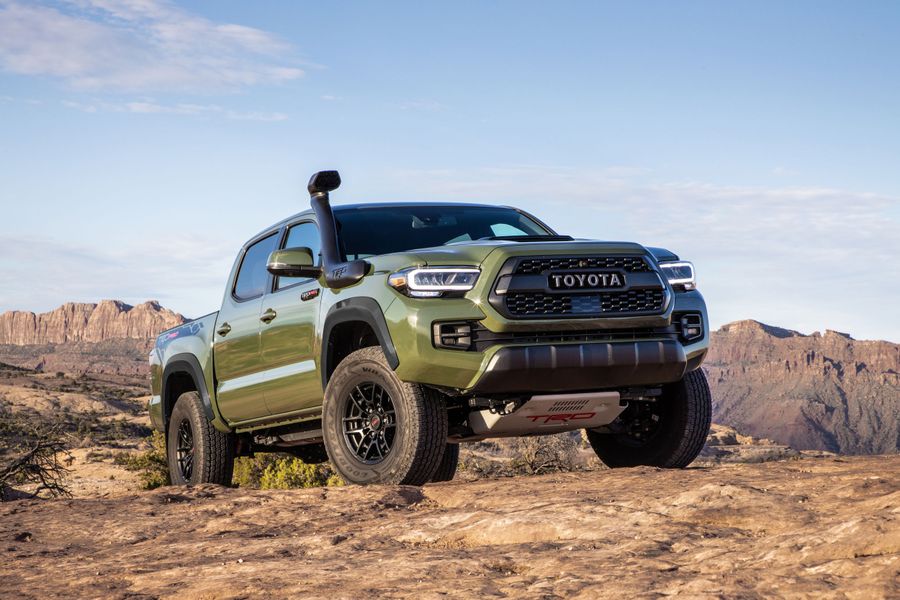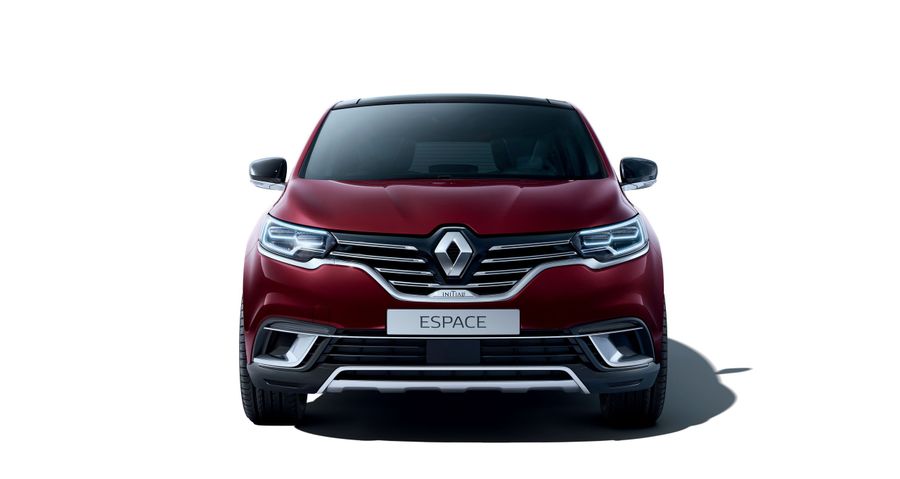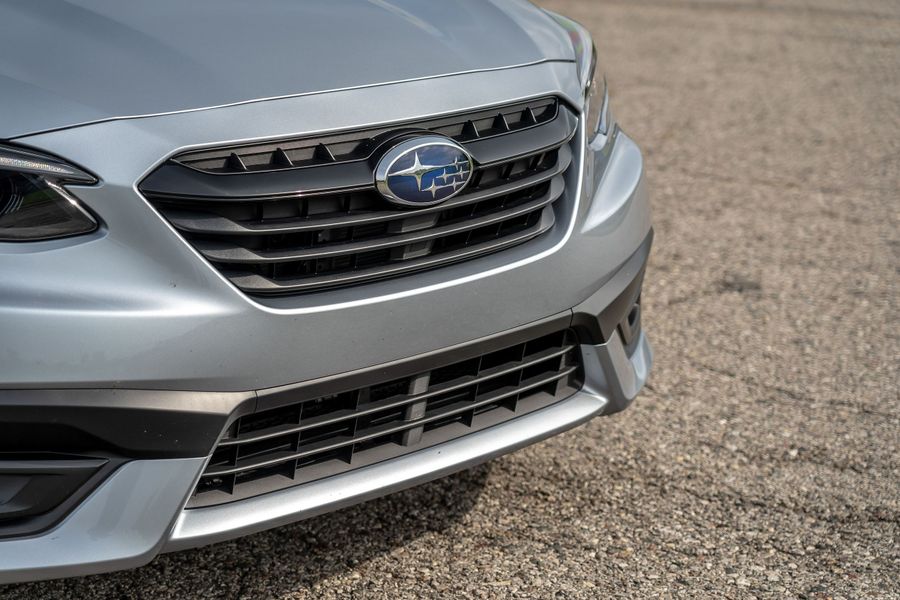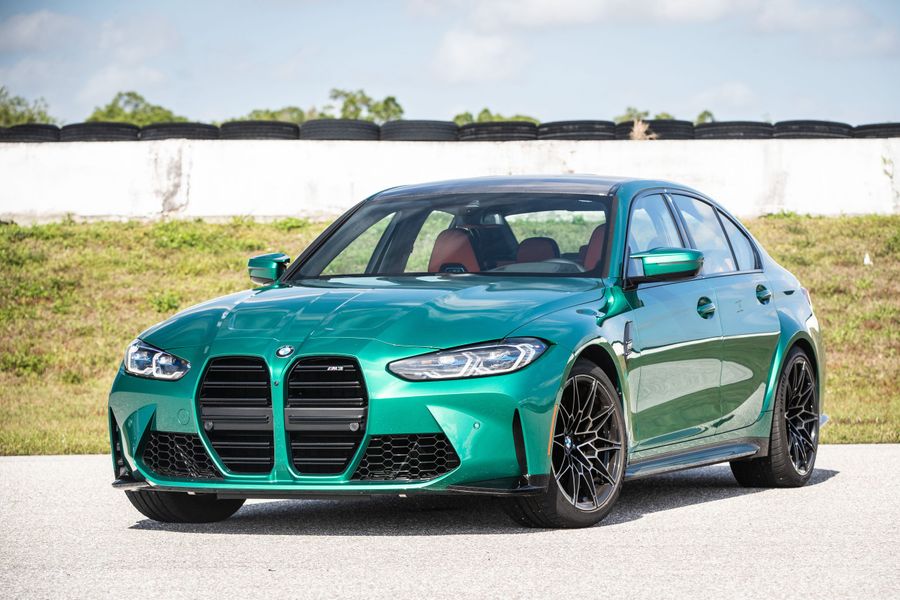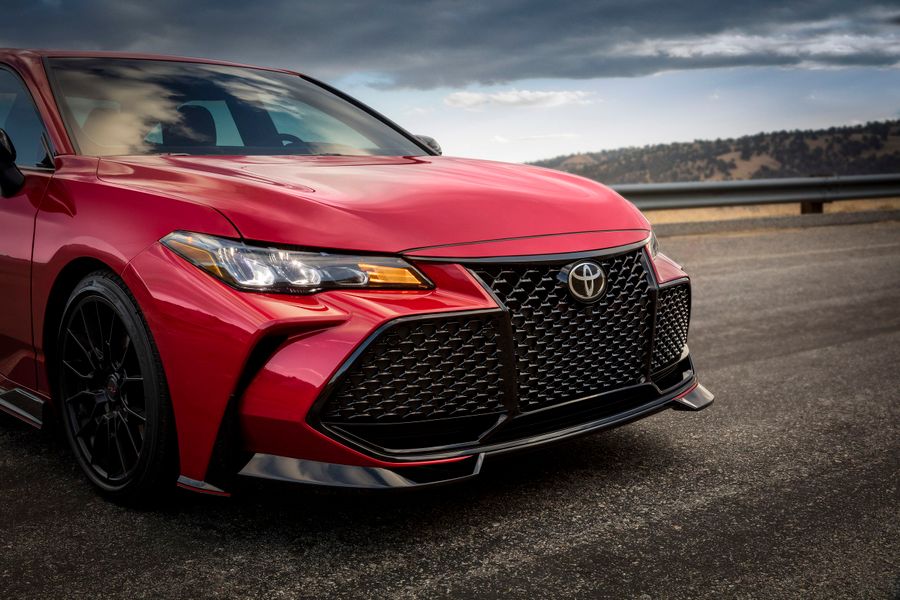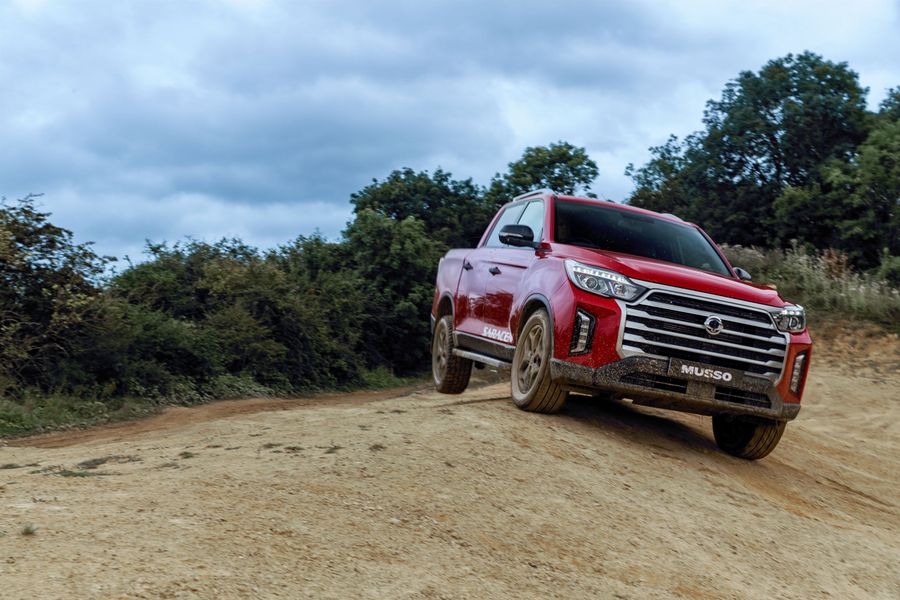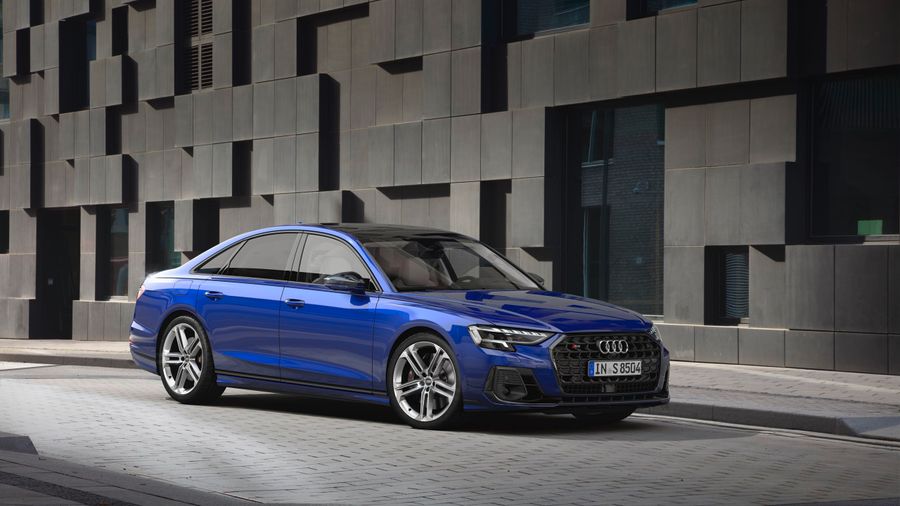
SEAT’s best-selling car
In 2021, the restyled version of the fifth generation hatchback entered the market.
The SEAT Ibiza is a subcompact hatchback produced by SEAT (Spain) since 1984. Until 1990, the car was produced by the company on its own, after which the Volkswagen Group acquired SEAT S.A. The name ‘Ibiza’ comes from the name of the Spanish resort island of Ibiza, and this is SEAT’s best-selling car. The official premiere of the model took place at the 1984 Paris Motor Show, and such well-known companies as Italdesign, Karmann and Porsche were involved in its creation. Since the second generation of Ibiza, SEAT has been part of the Volkswagen Group (Germany), and all subsequent generations, like the rest of the SEAT range, have been based on platforms, units and technologies of the Volkswagen Group.
Currently, the history of the model comprises five generations, among which the car was built twice (the second and fourth generations) on completely new platforms of the Volkswagen Group. All generations of the hatchback have become the bestsellers in the SEAT range. Until the fifth generation, the Ibiza was produced as three- and five-door hatchbacks, coupes, as well as estates, but starting from the fifth generation, only a five-door hatchback version remained.
The first generation
It was produced from 1984 to 1993 and was positioned as a charming compact car that combines Italian design, German technology and Spanish spirit. The body and interior design of the Ibiza was developed by the famous Giorgetto Giugiaro from Ital Design studio, and many units were borrowed from the Fiat Uno and Fiat Ritmo models. Porsche experts were responsible for the engine and suspension. As a result, the car was popular not only in Spain, but also in adjacent countries. In 1988 and 1991, the car was upgraded.
The second generation
It was produced from 1993 to 2002, while its restyling took place in 1999, and was fully developed and manufactured under the control of the Volkswagen Group. The second Ibiza was based on a modified VW Golf Mk3 platform. The car was produced as a 3 and 5-door hatchback. The Ibiza was a regular bestseller in Spain and also sold well in other European countries.
As for the interior, prior to restyling, the Ibiza shared the dashboard with many other SEAT and Volkswagen models of that period, and after restyling it acquired the refreshed overall aesthetics and new equipment. In addition to the new exterior, the engine range was revised and the chassis was modified. The Ibiza of that generation was equipped with a 2 liter petrol engine with 150 hp instead of the 1.8-liter version.
The third generation
It was produced from 2002 to 2008, while its restyling took place in 2006. There were both 3-door and 5-door options. The third Ibiza was equipped with a 1.2 liter engine (64 hp) and a manual transmission, a 1.4 liter engine (75 hp) and a manual or automatic transmission and a 1.6 liter engine (100 hp) with a manual transmission. There was also a turbocharged 1.9-liter diesel engine, producing up to 130 hp, aggregated with a manual transmission.
The fourth generation
It was produced from 2008 to 2017, while its restyling took place twice - in 2012 and 2015. The fourth Ibiza had an arrow-like style developed by Belgian designer, Luc Donckerwolke, the author of the Lamborghini Murciélago and Gallardo supercars. This Ibiza is the first car in the VW Group family to be built on the latest PQ25 platform. Later, other compact VAG models were based on this platform: Volkswagen Polo Mk5 (2009) and Audi A1 (2010). Initially, the SEAT Ibiza was produced as a 5-door hatchback, and in the end of 2010, a 3-door hatchback and an Ibiza ST estate were added.
The following engines were available: 1.2 l (105 hp, turbo, direct injection), 1.4 (85 hp with conventional fuel injection or 150 hp turbo, direct injection), 1.6 l (105 hp, multipoint injection). All engines were equipped with a manual or semi-automatic transmission, the latter was complemented by paddle shifters.
This car received high passenger safety ratings during tests. The SEAT Ibiza hatchback is considered the most reliable car in its class, ahead of the Skoda Fabia, Audi A1 and Volkswagen Polo, produced on the same platform.
The fifth generation
It has been produced from 2017 to the present (as of 2021). The new SEAT Ibiza looks very similar to the older SEAT Leon model, which has become a best-seller. The car is based on the same platform as the Volkswagen Polo, which appeared six months later than this Spanish model. The powertrain module, steering gear and electric components are borrowed from the familiar MQB architecture, and the chassis has been redesigned, although the configuration is the same: the front part is equipped with the McPherson strut suspension, and the rear part is equipped with a semi-independent suspension. Compared to the previous Ibiza, the new car has become slightly wider, and its wheel track has become wider by 60 mm at the front and 48 mm at the rear. The wheelbase has grown by 95 mm to 2,564 mm. Both the passenger compartment and the trunk have become more spacious. The rigidity of the body has been increased by 30%, and the sound insulation has been improved.
The range of engines comprises a 1.0 liter MPI engine (75 hp) and its turbocharged version 1.0 TSI (95 or 115 hp), which is also offered in a methane-fueled version, although in this case the power is reduced to 90 hp. There is a turbocharged 1.6 TDI 4-cylinder diesel engine (80, 95 or 115 hp). And a later, a powerful Ibiza equipped with a new 1.5 TSI Evo turbocharged engine (150 hp) was presented. The version with a capacity of less than 100 hp is equipped with a 5-speed manual transmission, and the remaining versions are equipped with a 6-speed gearbox, and a 7-speed DSG can be provided for an extra charge.
The new Ibiza can boast of an impressive list of options: dual-zone climate control, a media system with an 8-inch screen and Apple CarPlay and Android Auto interfaces, LED headlights, a rearview camera, adaptive cruise control, a keyless access system, an engine start button and a wireless charger for smartphone. There is also an automatic braking system. In addition to the standard trim levels, there are two special versions: the sporty FR and the luxurious Xcellence, which differ in decor and trim, and the Ibiza FR also has a stiffer suspension.

